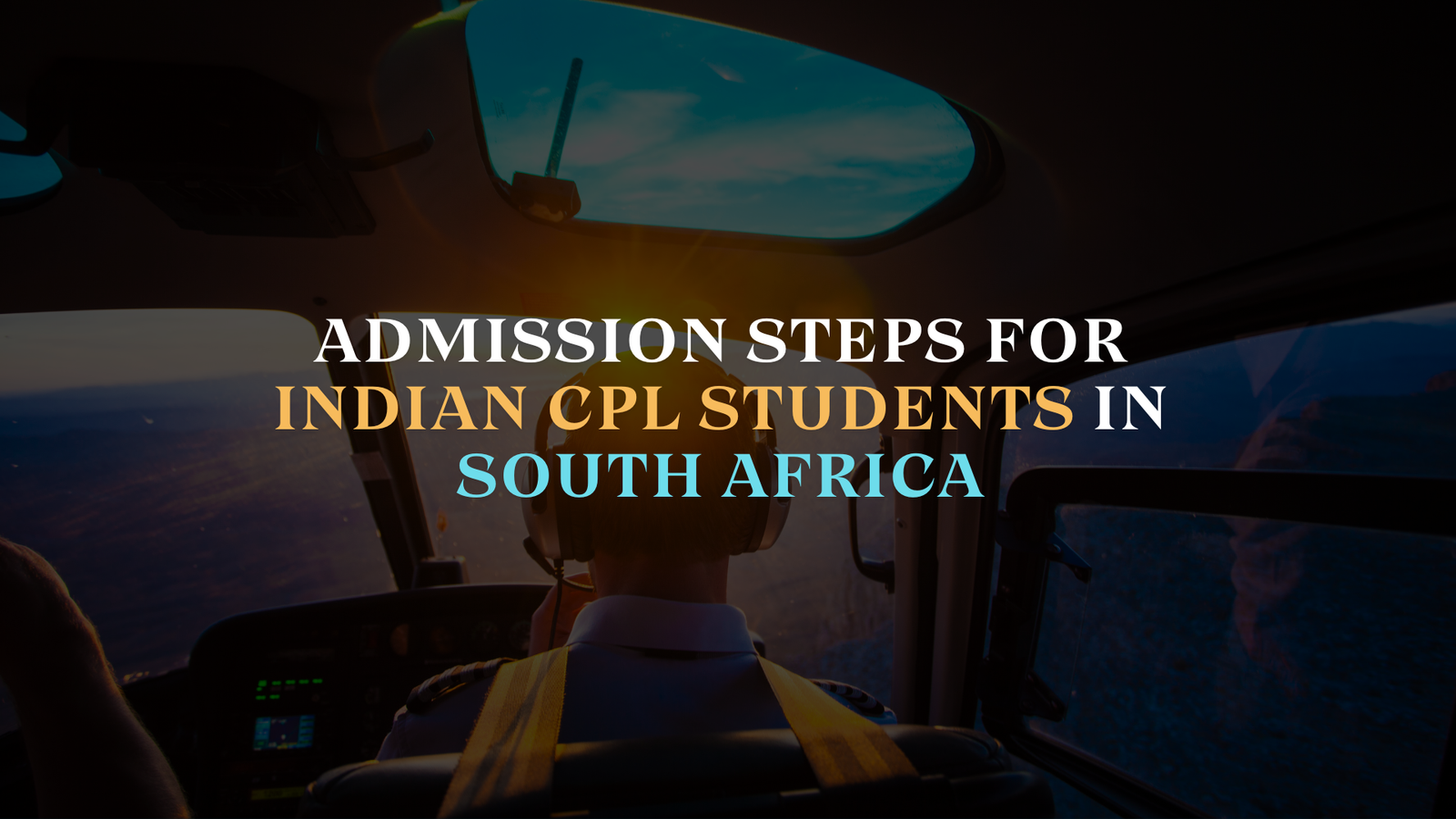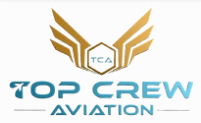
South Africa has become one of the most popular destinations for Indian students who want to become commercial pilots. With world-class training standards, affordable costs compared to many other countries, and favorable flying weather throughout the year, it offers an excellent environment for aviation students.
If you are an Indian student planning to do your Commercial Pilot Licence (CPL) training in South Africa, it’s important to understand the admission process step-by-step. This guide will walk you through all the stages — from initial research to joining your flying school.
1. Research and Select the Right Flight School
The first step is to find a reputable South African Flight Training Organisation (FTO). Not all schools offer the same quality, so you need to check:
- DGCA and SACAA Recognition: Ensure the school is approved by the South African Civil Aviation Authority (SACAA) and offers training aligned with DGCA requirements (if you plan to work in India).
- Training Fleet and Facilities: Check the number and type of aircraft, simulators, classrooms, and maintenance facilities.
- Instructor Experience: Find out about instructor qualifications and experience in training international students.
- Past Student Success Rate: Look for reviews or testimonials from Indian students who completed their CPL there.
Many Indian students prefer schools that have tie-ups with Indian aviation institutes or offer guidance for DGCA license conversion after training.
2. Understand the CPL Eligibility Requirements
Before applying, make sure you meet the basic requirements for CPL training in South Africa:
- Minimum Age: 17 years to start training (18 years for CPL issuance).
- Educational Qualification: 10+2 (or equivalent) with Physics and Mathematics. If you don’t have these subjects, you can appear for equivalent exams recognized by DGCA.
- English Proficiency: You must be able to read, write, and speak English fluently (ICAO Level 4 or higher).
- Medical Fitness: You need to pass the Class 1 Aviation Medical examination approved by SACAA.
3. Prepare Your Documents
Once you choose your flight school, you will need to prepare a set of documents for the application process:
- Valid passport (minimum validity of 12 months).
- 10th and 12th marksheets/certificates (with Physics & Mathematics).
- Proof of English proficiency (if required).
- Class 1 Medical certificate (can be obtained in South Africa before training starts).
- Recent passport-size photographs.
- Police Clearance Certificate (sometimes required).
Make sure your documents are scanned clearly and stored in both digital and physical formats.
4. Apply to the Flight School
After finalizing the school, fill out their application form. This usually requires:
- Personal details and educational background.
- Medical history (if available).
- Preferred start date for training.
Once your application is reviewed and accepted, the school will issue you an offer letter or acceptance letter. This is an important document for your visa process.
Read Also – How To Become a Pilot in India: A Step-by-Step Guide
5. Arrange Your Finances
Before moving forward, ensure you have a clear idea of the total cost of training in South Africa. This typically includes:
- Tuition fees (flying hours + ground school).
- Accommodation costs.
- Food and living expenses.
- Medical exam fees.
- Licensing and examination fees.
You may pay the fees in installments depending on the school’s policy. Some institutions also have tie-ups with financial institutions in India for education loans.
6. Apply for the South African Study Visa
As an Indian student, you will need a South African Study Visa to attend flight school. The process involves:
- Submitting your offer letter from the flight school.
- Providing proof of sufficient funds (bank statements).
- Police Clearance Certificate from India.
- Medical and radiological reports.
- Visa application form (BI-1738) with the required fee.
It’s best to apply for the visa at least 6–8 weeks before your intended travel date.
7. Book Your Travel and Accommodation
Once your visa is approved, you can book your flight tickets to South Africa. Most students land at Johannesburg, Cape Town, or Durban, depending on the location of their chosen FTO.
- Some schools offer on-campus or nearby accommodation for international students.
- If arranging your own accommodation, check for safety, distance from the school, and access to public transport.
8. Medical Examination in South Africa
Even if you have a DGCA Class 1 Medical from India, you will still need to undergo a SACAA Class 1 Medical in South Africa before you start flying.
This includes:
- Eye test.
- Hearing test.
- ECG and lung function tests.
- General physical examination.
Your flight school will guide you to approved medical examiners.
9. SACAA Student Pilot Licence (SPL) Application
Before starting your first flight, you need to apply for a Student Pilot Licence (SPL) in South Africa. For this, you will need:
- SACAA Class 1 Medical certificate.
- Valid passport.
- Passport-size photos.
- Application form (provided by the school).
The SPL allows you to begin your initial flight training under instructor supervision.
10. Start Your Ground School and Flying Lessons
Once your SPL is issued, your CPL journey officially begins. Training is divided into:
- Ground School: Covers aviation theory subjects like Air Law, Meteorology, Navigation, Aircraft Technical Knowledge, and Human Performance.
- Flight Training: Minimum of 200 flying hours (for CPL) including cross-country flights, night flying, and instrument flying.
The training duration usually ranges between 12–18 months, depending on weather conditions and your progress.
11. DGCA License Conversion (For Working in India)
If you plan to work as a commercial pilot in India after completing your CPL in South Africa, you must convert your SACAA license to a DGCA CPL. The process includes:
- Clearing DGCA conversion exams for subjects like Air Navigation, Air Regulation, and Meteorology.
- Completing DGCA medical requirements.
- Submitting all flying records for verification.
Your flight school or Indian aviation consultants can help guide you through this process.
Final Tips for Indian Students
- Start Early: The admission and visa process can take several weeks, so plan well in advance.
- Stay Prepared for Exams: Brush up on your Physics, Math, and English before starting training.
- Be Financially Ready: Have extra funds for unexpected expenses.
- Adapt to Local Culture: South Africa is diverse and welcoming; respecting local customs will make your stay more enjoyable.
Conclusion
Becoming a commercial pilot is a dream for many, and South Africa offers an excellent pathway for Indian students to achieve it. By following the correct admission steps — from researching schools to starting your flight training — you can make the process smooth and stress-free.
With the right planning and dedication, your journey from India to the cockpit of a commercial airliner can begin in South Africa, one of the best aviation training destinations in the world.
